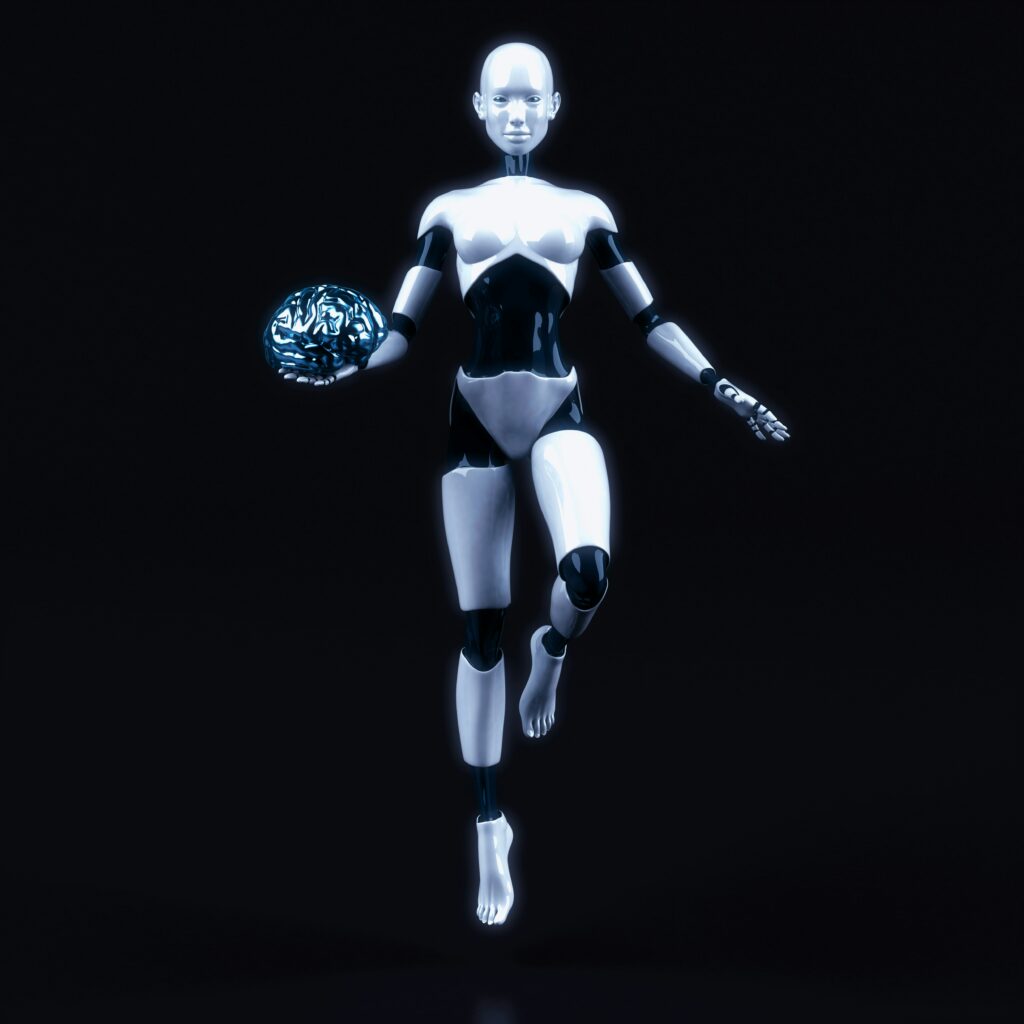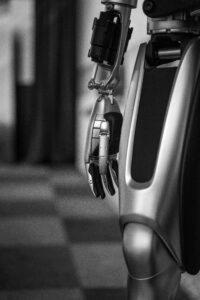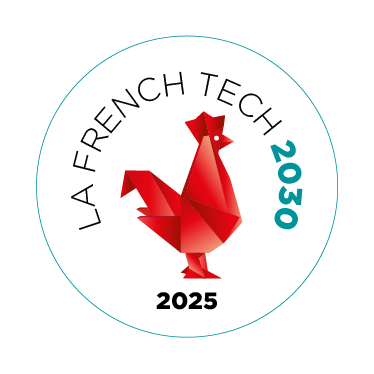Robotics has profoundly transformed industrial production methods. Programmable robots now carry out repetitive or complex tasks. The rise of industrial robotics in recent years has reshaped production environments.
In France and worldwide, companies across all sectors are adopting robotic solutions to improve competitiveness and meet the demands of an ever-growing market. The figures speak for themselves: the global robotics market is experiencing exponential growth, driven by the widespread adoption of robots in diverse sectors like automotive, electronics, and logistics. This transformation is made possible by continuous technological advancements, allowing the development of increasingly efficient, versatile, and easy-to-program robots.
In this context, it is interesting to explore the key trends shaping industrial robotics in 2025. What new applications are emerging? What challenges are manufacturers facing? How are technologies like IoT and computer vision transforming production lines? These are some of the questions we will address in this document.
Integration of Artificial Intelligence in Robotics
Artificial intelligence technology is revolutionizing the field of robotics. Thanks to AI, robots are now able to perform complex tasks in real-time with unprecedented precision and autonomy. This integration opens up new perspectives in many industrial sectors.
Enhancing Industrial Robot capabilities with AI
AI enables industrial robots to adapt to dynamic environments and perform increasingly sophisticated tasks. For example, robotic arms equipped with computer vision can now assemble small parts with high precision, reducing error rates and improving product quality.
Machine Learning and Robot Adaptation
Through machine learning, robots can learn from their experiences and adjust their behaviors accordingly. This ability to adapt is particularly useful in constantly changing production environments. For example, a robotics solution can enable a robot to optimize its trajectory to reduce cycle times and boost productivity.
Computer Vision and 3D Perception
Computer vision enables robots to perceive their environment in three dimensions and interact with it in a more natural way. This technology is used in many applications such as palletizing and quality inspection.
Examples of specific applications
- Automotive industry: AI-equipped robots are used for welding, painting, and vehicle assembly.
- Logistics: Robots automate storage and order fulfillment tasks.
- Healthcare: Robots assist surgeons during delicate operations.
In France, many companies have adopted AI-integrated robotics solutions to improve their productivity and competitiveness. For example, Niryo offers educational and industrial robotics kits that enable companies to develop their own applications.
Human-Robot Collaboration: A New Era of Production
Programmable robots, once confined to traditional production lines, are now being used in more and more fields. Thanks to advances in robotics, human-robot collaboration has become a reality in many industries. Cobots, or collaborative robots, work hand in hand with operators to optimize production processes.
Safety and Cobot Technologies
Cobots are designed to work safely alongside humans. Equipped with advanced sensors and safety systems, they can detect the presence of an operator and adjust their behavior accordingly. This collaboration helps improve product quality, increase productivity, and relieve operators of the most tedious and repetitive tasks.
Enhanced safety
Safety is at the heart of human-robot collaboration. Technologies such as computer vision, force sensors, and integrated safety systems ensure a safe working environment for all. In France, many companies have already adopted these solutions to improve their productivity and competitiveness.
New Frontiers in Industrial Robotics
Robotics is revolutionizing industries, offering increasingly flexible and powerful solutions. Thanks to technological advancements, robots can now adapt to a wide range of tasks and evolve in dynamic environments.
Flexible Robotics: Versatile Robots for a variety of tasks
Collaborative robots, or cobots, are becoming increasingly common in retail environments. Thanks to their lightweight and intuitive design, they can be easily integrated into existing production lines. Equipped with multi-jointed robotic arms, they can perform a variety of tasks such as pick-and-place, assembly, or testing. French companies like Niryo offer turnkey solutions to facilitate robotic adoption in SMEs.
Mobile Robotics: Autonomous Robots for Logistics
Autonomous Mobile Robots (AMRs) offer a new dimension in industrial robotics. Equipped with advanced sensors and navigation systems, these machines can move freely around the factory, avoiding obstacles and interacting with their environment. They are particularly suited to logistics, storage and material handling tasks.
Conclusion
To sum up, robotics is experiencing unprecedented growth and is profoundly transforming the manufacturing and service sectors. Robots and their intelligent solutions, such as Niryo’s robotic arms, offer French companies new opportunities to optimize their processes, improve the quality of their products, and adapt to the demands of an ever-changing market. The outlook is promising: new applications are emerging, such as robotized warehousing and logistics. However, companies need to invest in operator training and the development of new customized solutions to take advantage of these technologies.

















